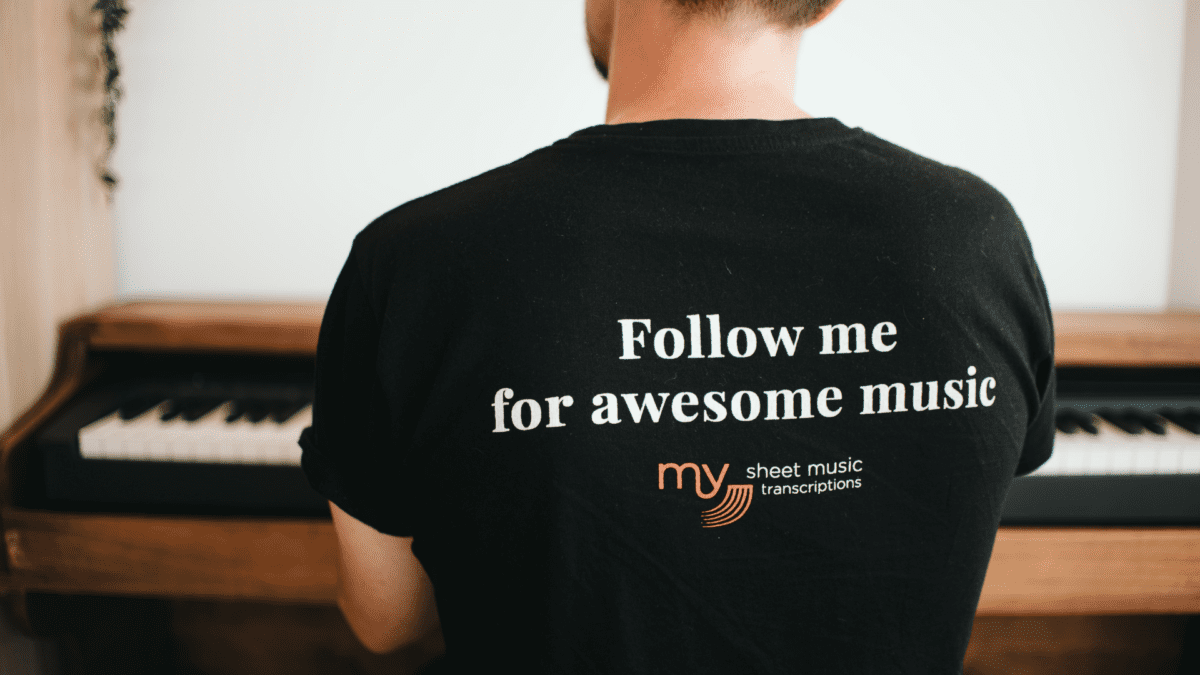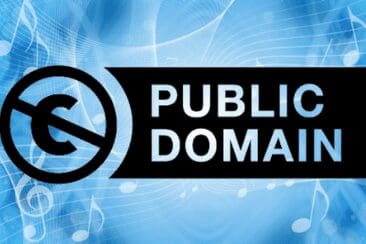
How Do You Find Word For Describing Music?
Music is very difficult to describe with words, and most descriptions fall short. Music has a shape, yet it is not a tangible form. You simply can’t hold on to it. It leaves the building more quickly than Elvis! But, you can feel it! You can feel the energy that emerges from it. You can sense its rhythm. You can eternalize the melody, harmony, the emotion, and then describe what it does to you. But, you can’t hold on to it! From the second you hear it, it dissolves into thin air. Poof!
In describing any physical object, the more specific you are, the better it translates to the person you are describing it to. But, because music has an intangible quality and may sound and feel one way to me and another way to you, we have a challenge when using words to describe music to music supervisors who make decisions about the usage of the music.
How Do You Describe Music In Words?
Answer is, with metadata. But, does metadata really do the music it is describing justice?
Metadata guides a music supervisor and/or music client reviewing tracks toward your music based on a particular search. The metadata gives them a good idea of how easily clearable the track will be, and whether it’s worth their time trying to clear it for a certain budget. Metadata also gives a music supervisor some sense of whether a piece of music will fit/connect to a certain sync situation.
Unfortunately, metadata descriptions are very broad and lack specifics. And even when there are sub-categories of the metadata, the specifics tend to be vague. But please understand that all of the onus in describing music doesn’t fall entirely on the vagaries of metadata. It is also because the descriptions included in briefs are vague as well. So, the problem is compounded, the metadata is descriptively broad, and the details included with a brief are also deficient.
What Is A Composer To Do?
For me, the lack of specifics in a brief are annoying and cause great confusion as to what to submit to sync requests.
Recently, I read a brief that asked for a ‘Authentic, Vintage Cabaret/Jazz’ piece needed for Indie Film. The musical example given was a video of the legendary jazz vocalist, Billy Holiday, singing a standard from the Great American Songbook (GAS) titled, All Of Me. First, Billy Holiday would roll over in her grave if she knew that she was being called a ‘cabaret singer’. Her dedication to the interpretation of song in the jazz genre is more than well established.
What’s Next?
That said, I ignored the descriptive language describing the example and immediately searched through my catalog of tracks in my sync portal at Мusic Gateway for possible submissions that were ’sound alikes’. I submitted three tracks with female jazz vocals featuring a sultry improvisational delivery.
Yet, all of the time I was searching for similar sounding tracks, I was thinking, why not just use the Billy Holiday track provided. The reason is probably due to the ‘B’ word, budget constraints of the project. Publishing and ownership of the master rights are too expensive to license. So, a ‘soundalike’ is requested. Yet, the brief uses the words ‘authentic’ and ‘vintage’. Well if something is ‘authentic and vintage’, it is not a copy!

Why Can’t A Music Supervisor Describe The Music Brief Further?
Simply, they are not allowed to. This is because of an NDA (Non-Disclosure Agreement) that a music supervisor has to adhere to. Even if they have seen visual footage of the area needing music, they are not allowed to describe the work because then they would be giving away ‘the idea of the placement’ to a potential competitor. We all know the axiom – ‘professionals tend to borrow!!!!’
So as much as I personally would like for a brief to contain a very specific description for the usage of music, the music supervisor is between a rock and a hard place. They can only give so much information in a brief to hint at what is needed. Metadata helps them get as close as they can to what they are searching for without giving away the entire project idea.
It would be terrific if the brief request lent itself better to describing music in terms of the emotion/feeling of the scene. Especially the emotion the music is going to be used for instead of using a vague and incorrectly labelled reference. A composer usually knows their catalog and may just have a piece of music that fits the emotion being described, but the very general description with inaccurate language ‘authentic/vintage’ just confuses the submission process.
Another Example Of Describing Music
Here’s another example: A brief indicates that a project is looking for classical music. I am immediately confused. Classical music? Bach, Chopin, Bartok, Beethoven, Bernstein, Copland, Stravinsky? Get my drift! Here’s another one: A brief indicates the project is looking for a pop/rock track. Nausea sets in! I begin to feel like I’m falling into a deep abyss… let’s see…pop/rock…Rolling Stones, Taylor Swift, Ariana Grande, Drake, Ed Sheeran, Foo Fighters, Madonna, Gaga, Mars, Pink….Help!
The choices are too many and my inside snarky voice asks, ‘Why don’t you just throw some pop/rock songs in the air and see which one lands first?’ Again, the ‘B’ word comes into play. So, what is our music supervisor to do? Again, the solution could be to simply describe the scene/usage of the music with more attention to detail and nuance.
Or, listen to a myriad of pop/rock sound alike tracks where our music supervisor may find what the project is looking for, but what gets chosen is a ‘sound like’ and doesn’t completely emit the feeling that a track matched by an informed composer would do.
So What Do We Suggest?
So, we get the business side, metadata is good for a very basic look at whether a piece of music is available without encumbrance. But as a suggestion, I would like to reach out to music supervisors and final decision makers to start describing the request for usage of the music in more detail. Please don’t throw out some arbitrary request. It makes a composer’s job even more difficult than it already is. My suggestion for how to do this is to ‘be specific’ to the feeling the music is to convey. Give the composer something to connect to.
If describing music isn’t your forte, don’t use a musical language that you are not truly able to speak. Speak in a colloquial manner and we will all get it. Describe the feeling that the scene should evoke. Then let the composers do their job. By doing this, I am pretty sure the music submitted would be much closer to what a brief is requesting.
What Are The Metadata Rules?
While waiting for someone to invent ways for metadata to better convey a musical feeling, here are four metadata rules to pay attention to:
- Make sure all of your metadata for your music is up-to-date.
- If there is room for a composer’s description, take the time to include it and be specific. This may be the only chance you have of trying to describe your music.
- Make sure the title of your track matches the music (i.e.: Hot Summer Day Melting Ice Cream, High Energy Chase Scene, Soaring Love, Dangerous Abyss) Be creative with your titles so they reach out to the music supervisors)
- Neatness and spelling count!
We’ve worked with Randy for many years, he is an award-winning composer who is also Label Head at Jazzheads a fantastic group who specialise in Jazz music boasting a stable of talented artists and composers.
If you’re looking to get help with metadata, why not check out our bespoke file storage system which makes metadata easy!










